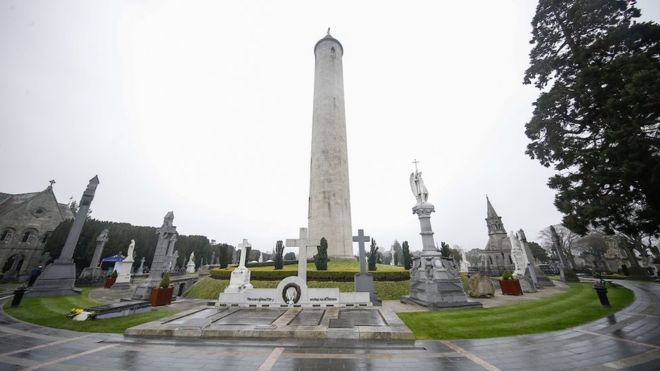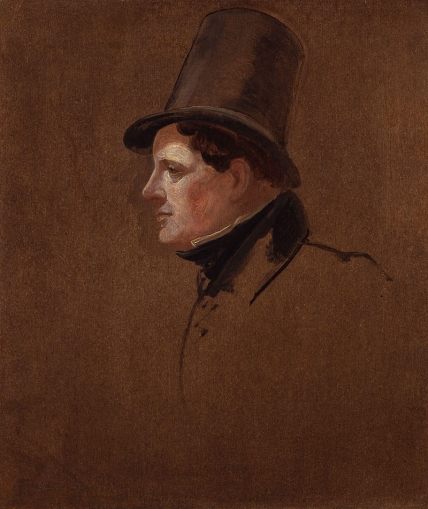O'Connell Round Tower at Glasnevin Cemetery in Dublin reopened to the public after almost 50 years
Daniel O'Connell (Irish: Dónall Ó Conaill; 6 August 1775 – 15 May 1847) was an Irish political leader in the first half of the 19th century. He campaigned for Catholic emancipation and repeal of the Acts of Union which combined Great Britain and Ireland. This was established on 1 January 1801 by the Acts of Union 1800, which merged the parliaments of Great Britain and Ireland and incorporated the Kingdom of Ireland into the British Crown. The fight for Irish self-governance was to lead in Ireland seceding from the Union and forming the Irish Free State in 1922.
When Daniel O'Connell died in 1847, according to his dying wish, his heart was buried at Sant'Agata dei Goti, which was then the chapel of the Irish College in Rome. The remainder of his body was laid to rest in Glasnevin Cemetery in Dublin, beneath a round tower. The O'Connell Tower was built in 1855 and standing at 55m (180ft) is the tallest round tower in Ireland. It was once one of Ireland's major attractions with views of Dublin, Meath, Wicklow and the Irish Sea. However, the tower was forced to close in 1971 after a bomb attributed to loyalist terrorists exploded causing structural damage and destroying the interior staircase. Following work to restore the staircase, which began in 2016, the tower has now reopened to the public. The newly installed staircase will once again allow visitors to climb to the top of the tower and see the views of Dublin and beyond for which it was once famous. A new self-guided tour, detailing the life of Daniel O'Connell and the history of the tower, has also been created.
Irish round towers are early medieval stone towers of a type found mainly in Ireland. There are only three such towers outside of Ireland, two in Scotland at Abernethy and Brechin. The other stands on the site of a Celtic monastery, possibly dating from the 6-8th centuries at Peel Castle (Manx: Cashtal Purt ny h-Inshey) on the Isle of Man (Mannin). There are however examples of "revival" round towers built more recently, two in the United States, and one in Australia and also Belgium.







